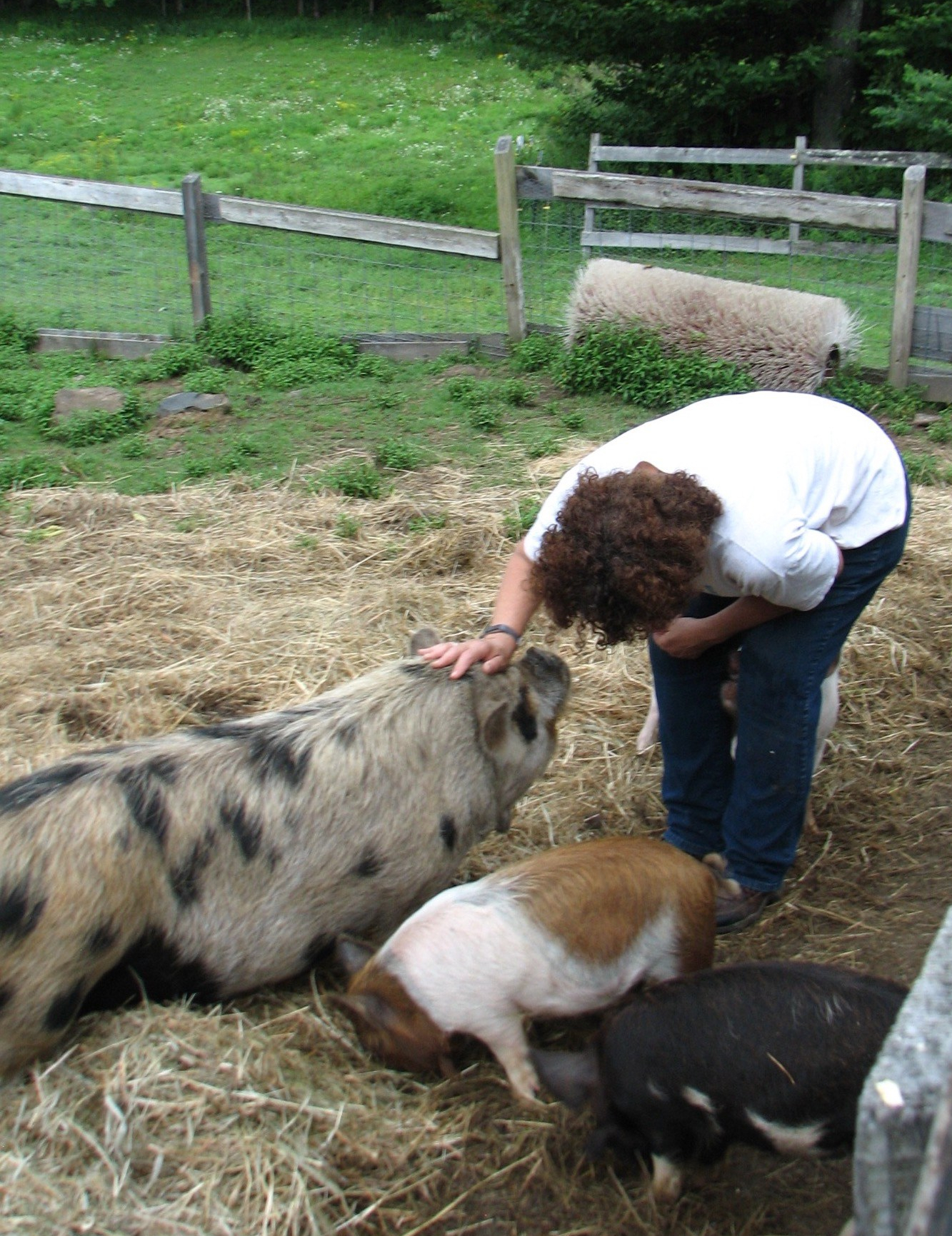I suspect that all industries experience growing pains. It may be that they are a constant in any kind of industry, change for the better always being a shining light on the horizon we should be striving for. Thirteen years ago when I first began my search for information to help my extremely fearful dog Sunny, it wasn’t unusual for there to be responses to my queries that included something along the lines of; reinforcing fear, enabling fear, keeping dogs trapped in fear. These comments were rarely challenged. Not so today. Chances are very good that if someone makes the claim that comforting a dog, or feeding a dog when they are fearful will reinforce their fear, more educated voices will chime in. They won’t always be listened to, but I suppose that’s the pain I am referring to.
The future is bright for dogs and other animals as far as how people will train them. More and better information about how behavior can be changed without forcing an animal to do something and without scaring or hurting them to get them to stop doing something, is filtering its way out from the sources that represent the research and science, into popular knowledge about training. More young trainers are getting onboard with it. They are reflective of what’s in store for pets and other captive animals.
We have to remain cautious that we either avoid, or acknowledge and accept, when we have latched onto something that has been packaged nicely and marketed well. This often is identified by its appeal to popular trends in how we like to think about animals. Our personal biases are stoked by descriptions and explanations about why and how someone’s technique or protocol works to change a dog’s behavior. Yes! I want to have a good relationship with my dog. Yes! I want my dog to feel empowered, imbued with confidence. Yes! I want to give my dog the choice to do what they prefer. Yes! It is wrong to hurt a dog. Yes! I need to be my dog’s pack leader.
I cannot sell something I do not own. And I will not sell something that I’ve made up reasons for why it changes a dog’s behavior. We know what we need to do to humanely and efficiently change behavior and emotional responses in dogs. Our goal should be to get better at doing it. The foundation of the technology that allows us to do this is our ability to deliver positive reinforcement to an animal in a timely way that provides them with the information about which behavior gets them the goods. Skilled trainers do this. And they do it a lot (sometimes 8-12 times a minute!).
Keep animals feeling safe.
Create good, fun, happy, tasty, associations with objects or events we want them to be comfortable with.
Train them using food or something else good or fun, they want enough to change their behavior to get.






